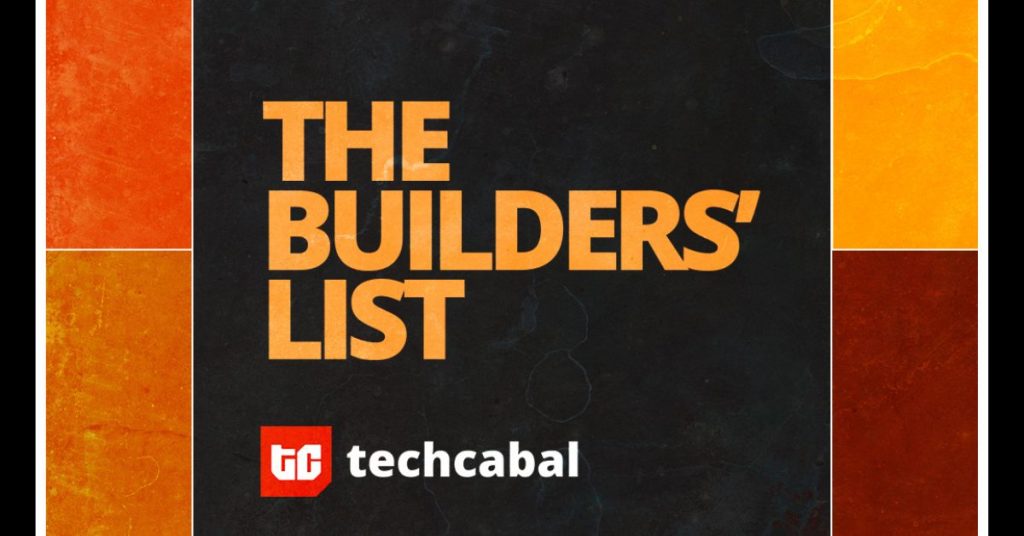When considering a professional 3D CAD solution, many businesses and engineers turn to SolidWorks. However, one of the most common questions that arises is about SolidWorks price and what factors influence the investment. Understanding the pricing structure helps users make informed decisions tailored to their needs.
SolidWorks is a powerful and widely used 3D design software developed by Dassault Systèmes. It’s trusted by professionals across industries—from mechanical engineering and architecture to electronics and industrial design. But with its capabilities comes a serious investment, and what you pay depends on several key factors.
Key Factors That Affect SolidWorks Pricing
SolidWorks isn’t a one-size-fits-all solution. Its pricing is shaped by how you plan to use it, what features you need, and how you choose to license it.
- License Type
There are two main licensing models:
- Perpetual License – A one-time purchase. You own the software and can use it indefinitely. Most users choose to pair this with an annual maintenance fee to keep their software updated and supported.
- Subscription-Based License – A recurring payment model. This offers lower upfront costs and includes updates and technical support as long as you keep the subscription active.
Each model has its pros and cons. Perpetual licenses offer long-term value, especially for organizations planning to use SolidWorks for years. Subscriptions, on the other hand, provide flexibility and lower entry costs, which can be attractive to startups or project-based teams.
- Software Package
SolidWorks is available in three main packages:
- SolidWorks Standard – Ideal for basic 3D modeling, assemblies, and drawing tools.
- SolidWorks Professional – Includes everything in Standard, plus tools for photo-realistic rendering, file management, and advanced productivity features.
- SolidWorks Premium – Builds on Professional with simulation, motion analysis, and routing capabilities for piping, tubing, and electrical wiring.
The choice between these tiers often depends on the complexity of your projects. For example, if you’re doing basic mechanical part design, Standard might be enough. But if you need to run stress tests or simulate real-world performance, Premium is the better fit.
- Add-Ons and Advanced Modules
SolidWorks also offers a wide array of specialized add-ons:
- Simulation tools for stress analysis, fluid dynamics, and thermal testing
- Product Data Management (PDM) to manage file versions and collaboration
- Electrical and PCB design tools for electro-mechanical projects
- CAM software for manufacturing integration
Each module adds to the cost, but they also unlock more advanced workflows. These tools are especially valuable for teams working on complex products or in regulated industries where accuracy and documentation are critical.
Cost Breakdown: What You’re Really Paying For
Understanding where your money goes helps frame the value SolidWorks provides:
- Upfront Cost – This applies mainly to perpetual licenses. While it’s a larger initial investment, it gives you ownership.
- Ongoing Fees – Maintenance (for perpetual licenses) or subscription fees (for subscription users) ensure your software stays current and supported.
- Training and Onboarding – SolidWorks has a learning curve. Investing in training for your team can reduce errors and improve productivity.
- Hardware Requirements – SolidWorks needs serious computing power to run smoothly, especially for large assemblies and simulations. Budget for potential upgrades if your current systems aren’t up to spec.
Are There Promotions?
Yes, promotions and special pricing are sometimes available, especially for new users, startups, or during seasonal campaigns. These can lower the initial investment or include extra modules at a discounted rate. It’s worth checking in directly with SolidWorks or authorized partners to see if any offers are available when you’re ready to purchase.
Is SolidWorks Worth the Investment?
If you rely on 3D modeling for design, engineering, or manufacturing, SolidWorks is more than just software—it’s a productivity tool that can save time and money in the long run. Its capabilities reduce design errors, streamline workflows, and make collaboration easier.
Companies often see returns through reduced prototyping costs, faster design iterations, and smoother transitions to manufacturing. The upfront price may seem steep, but when weighed against the potential for costly delays or redesigns, SolidWorks often pays for itself.
Additionally, because SolidWorks is an industry standard, hiring trained professionals and integrating it into your workflows is generally easier than with less common platforms. This reduces friction when scaling your team or working with contractors and vendors.
Choosing the Right Package
Whether you’re a freelance designer, a small startup, or a large enterprise, your needs will shape the right SolidWorks setup. It’s important to evaluate:
- Your team size and collaboration needs
- The complexity of your projects
- The importance of simulation and testing
- Budget constraints—both upfront and long-term
Take time to speak with a SolidWorks representative or certified expert to match your requirements with the best licensing and package option. Planning ahead can help you avoid overpaying or missing out on features that could save time.
Final Thoughts
SolidWorks is a serious investment, but for teams and individuals working in 3D design, it delivers serious value. Understanding how its pricing works—across licenses, packages, and add-ons—helps you make the right call.
For more insights on the latest trends in 3D CAD technology, check out this article.
Keep in mind: occasional promotions and flexible subscription plans can help make SolidWorks more accessible than it might seem at first glance. The key is to approach your purchase strategically, based on what you need now and how you plan to grow.










